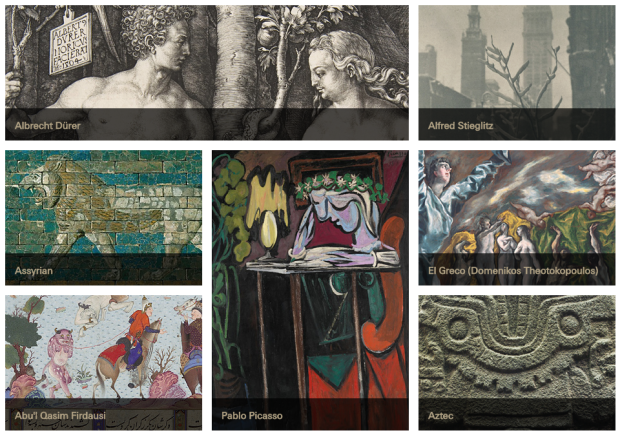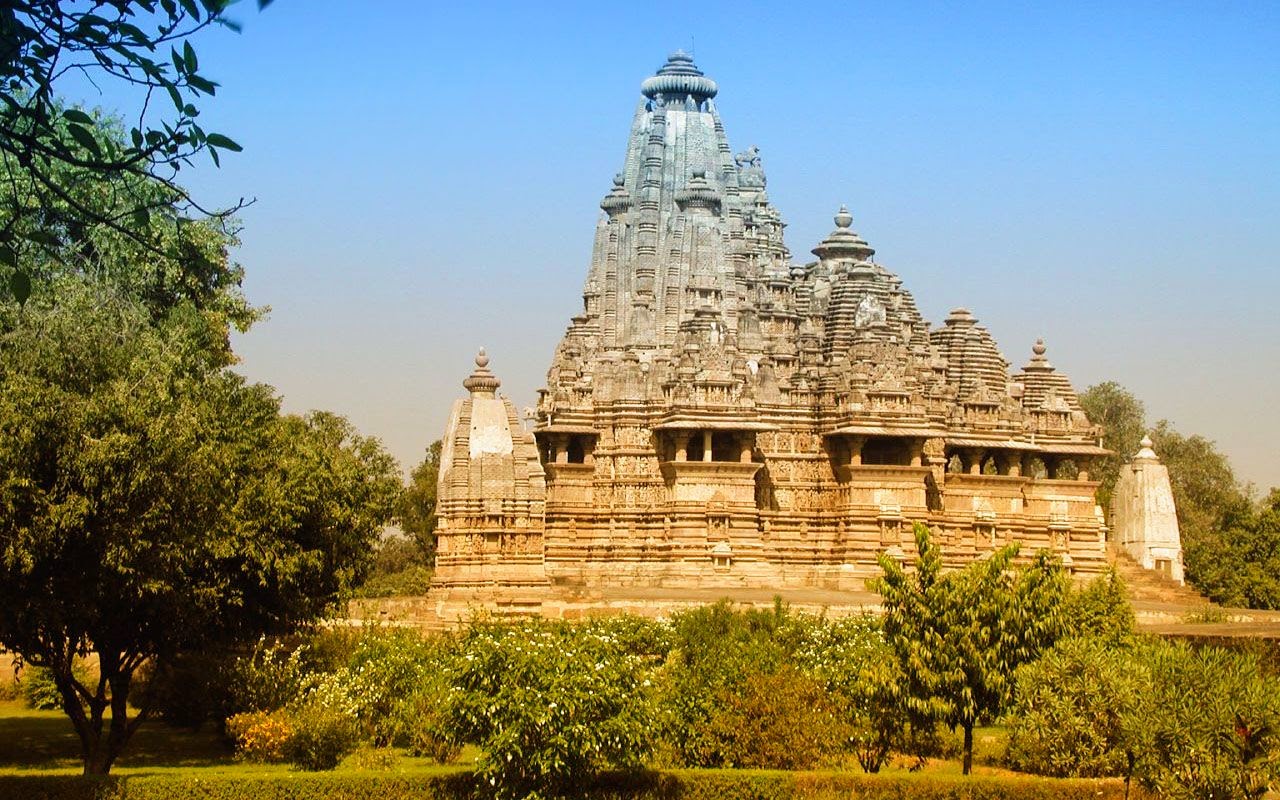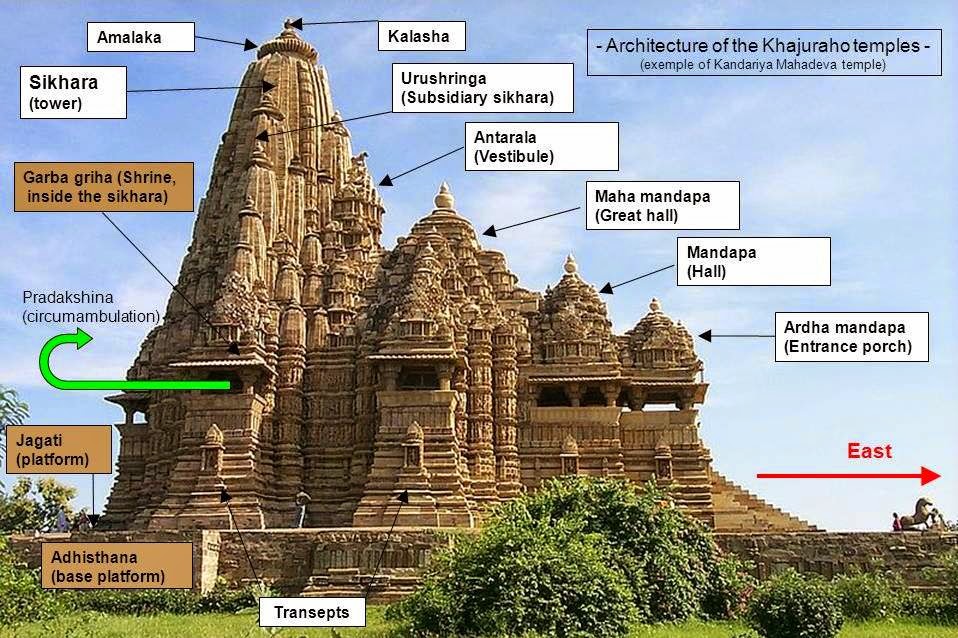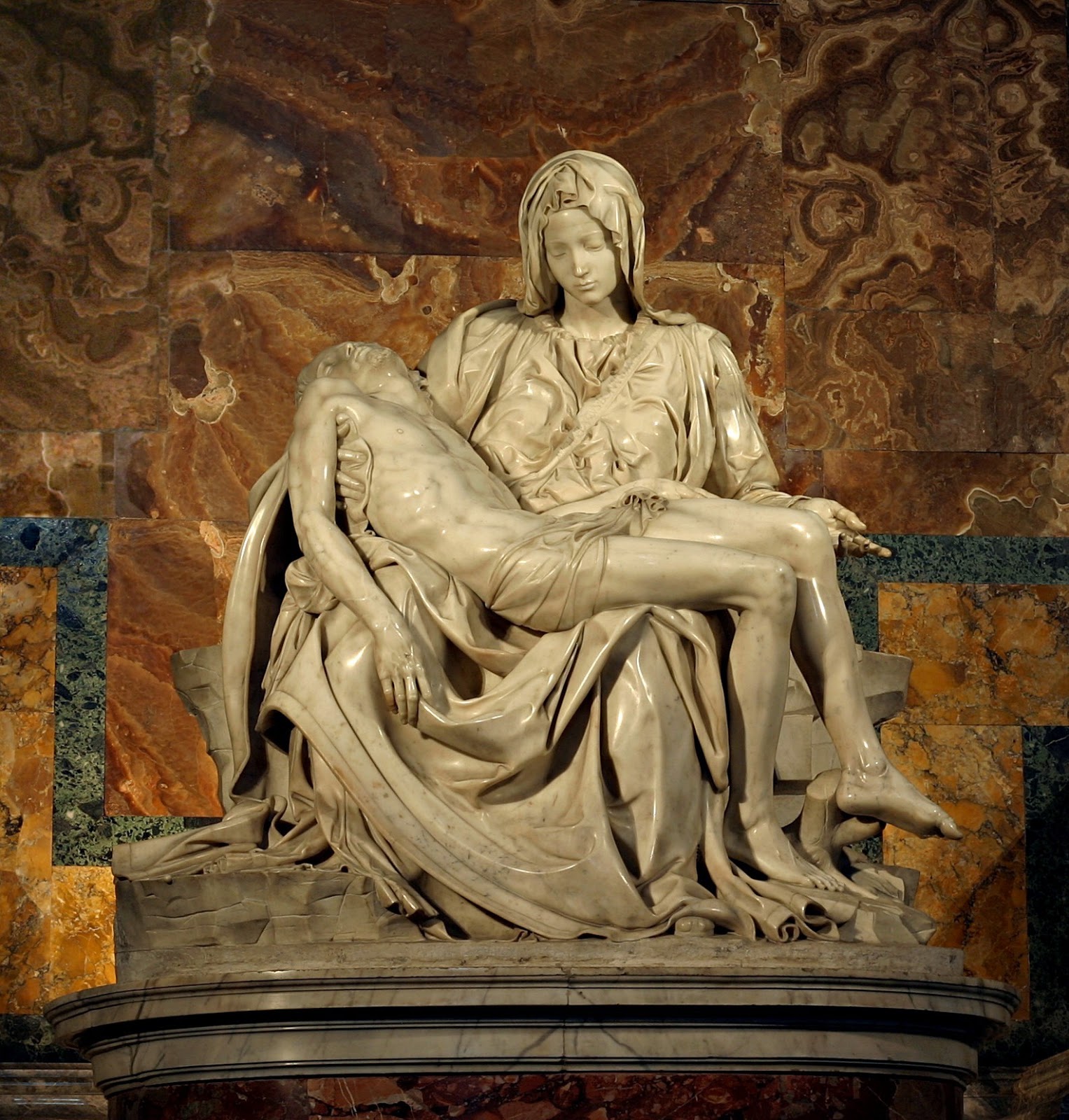Why Christmas is held on 25th December
According to popular tradition, Christmas is celebrated on 25th December to honor the birth of Jesus. However, no records exist in the Bible or elsewhere to suggest that Jesus was actually born on this date, which raises the important question – why is Christmas celebrated on 25th December? In fact, the selection of this date has its root in both Persian and pagan traditions.
The Catholic Encyclopaedia admits "there is no month in the year to which respectable authorities have not assigned Christ's birth" (Catholic Encyclopaedia). There are, however, a number of reasons to suggest that Jesus was probably not born in December.
Firstly, Luke 2:8 states that on the night of Jesus' birth "there were also in that same country shepherds living out of doors and keeping watches in the night over their flocks." Many scholars agree that this would have been unlikely in December, as shepherds would have been keeping their flock under cover during the cold winter months. Shepherds did not remain in the fields of Judea at night during December due to lack of forage and the bad weather.
According to Celebrations: The Complete Book of American Holidays, Luke's account "suggests that Jesus may have been born in summer or early fall. Since December is cold and rainy in Judea, it is likely the shepherds would have sought shelter for their flocks at night" (p. 309).
Similarly, The Interpreter's One-Volume Commentary says this
passage argues "against the birth [of Christ] occurring on Dec. 25 since
the weather would not have permitted" shepherds watching over their flocks
in the fields at night.
Secondly, it is written in the Bible that Joseph and Mary traveled to Bethlehem to register in a Roman census (Luke 2:1-4). However, The Romans would have known better than to have taken such censuses in winter, when temperatures often dropped below freezing and roads were in poor condition for traveling. Taking a census under such conditions would have been self-defeating.
Pagan
celebrations
Since it appears unlikely that Jesus was born on 25th December, it raises the logical question of why Christmas is celebrated on this date. The answer points back to the Romans' pagan celebrations of the winter solstice. Two celebrations in particular took place around December 25 - the Saturnalia, and the birthday of the Sun God, Mithra (Catholic Encyclopedia).
 |
| A painting by Thomas Couture depicting Romans celebrating Saturnalia |


















